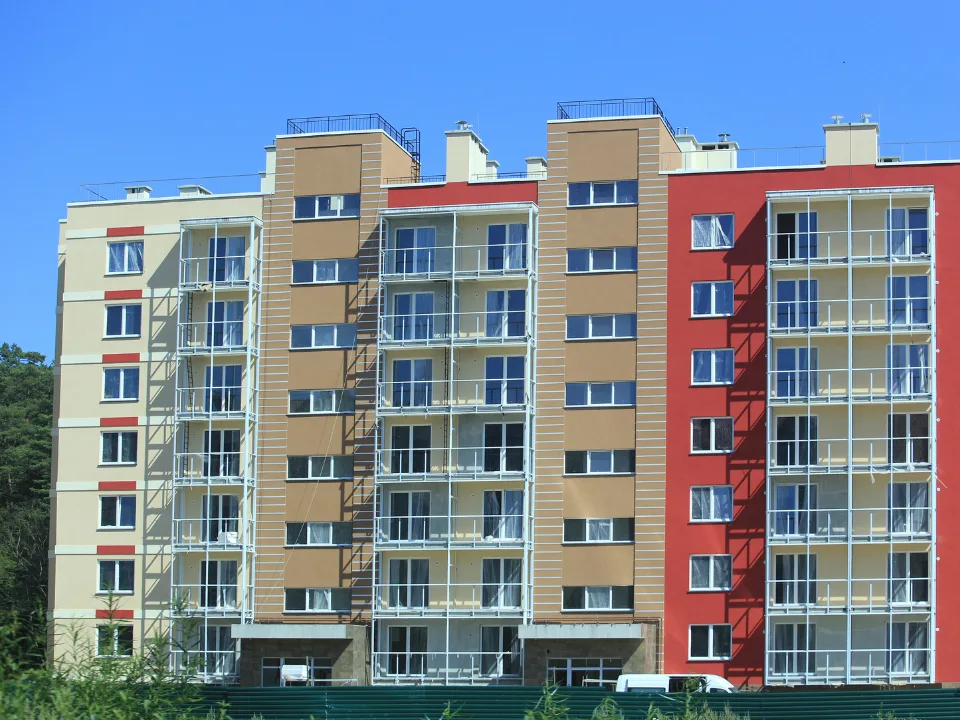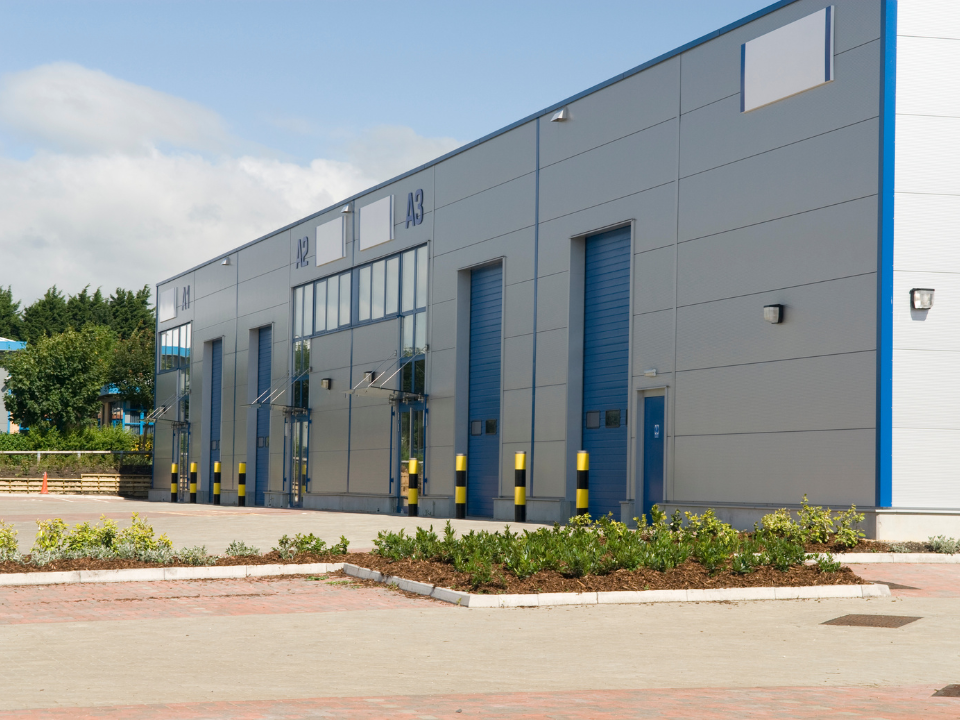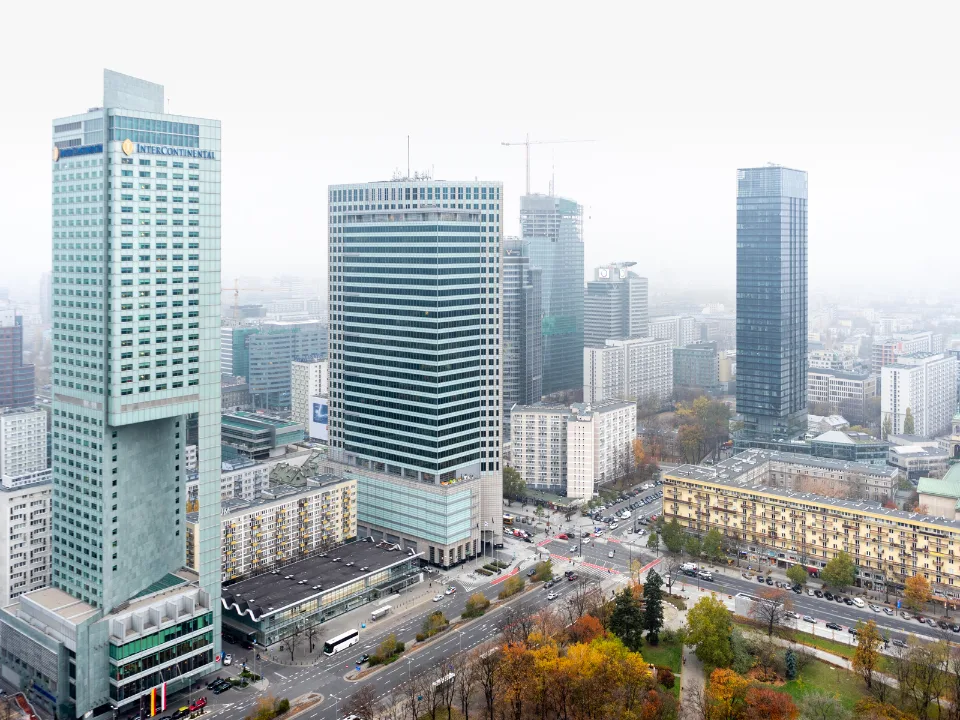- Oxford Economics forecasts a favorable window for CRE investment within the next 12–18 months as property values stabilize and rates continue to be adjusted.
- The industrial sector should stay the strongest performer, driven by e-commerce growth and supply chain reorganization.
- Hotels and residential properties also show promise, while the office sector continues to struggle.
- Europe is expected to lead the investment opportunity, followed by North America and Asia-Pacific, with Switzerland, the Netherlands, and Germany among the top markets.
Globally, the commercial real estate market is showing signs of recovery, prompting investors to consider re-entering the space, as reported by GlobeSt.
Market Outlook
According to a recent report from Oxford Economics, the next 12–18 months could offer a prime window for CRE investment. Property values have largely corrected, and with the Federal Reserve cutting rates by 50 bps in September, there’s cautious optimism about further rate adjustments.
The report projects that from 2025 to 2027, 80% of global CRE markets will see either neutral or excess returns. Although the share of markets with excess returns is expected to decrease, this will be balanced by an increase in neutral returns.
Limited capital growth, driven by yield compression due to higher terminal rates compared to pre-pandemic levels, will shape these trends.
Sector Breakdown
- Industrial: As the strongest sector, industrial properties continue to attract investment despite market corrections. Key drivers include e-commerce growth, supply chain restructuring, and environmental incentives. The top markets for industrial investment are Switzerland, the Netherlands, Sweden, Germany, and Portugal, where the gap between required and expected returns is the widest.
- Hotels: After leading as the most attractive property type for two years, hotels remain a close second. While growth has slowed, overnight stays are projected to end 2024 at 16% above 2019 levels. However, there is increased pressure on high-end travel, with a shift in focus towards value-oriented options.
- Residential: Residential properties, particularly multifamily rentals, are also seeing positive trends. Price growth is expected to pick up in 2025 and 2026, driven by a supply-demand imbalance. Rental growth should stay above inflation, though the U.S. is not among the countries expected to see excess returns.
- Office: The office sector continues to face headwinds due to the rise of hybrid working, aging building stock that does not meet climate standards, and a shrinking working-age population in many regions. These factors combine to make office properties less attractive to investors compared to other sectors.
- Retail: Retail properties have shown improvement over the past six months, with yields becoming more favorable relative to risk-free rates. In some markets, rental growth has re-emerged after years of stagnation. Stock per capita is lower in many regions, while recovering household incomes may give landlords some pricing power.
Get Smarter about what matters in CRE
Stay ahead of trends in commercial real estate with CRE Daily – the free newsletter delivering everything you need to start your day in just 5-minutes
What’s Next?
For investors looking to capitalize on the evolving CRE landscape, timing is critical, and the next 12–18 months should be eye-opening. While the industrial and hotel sectors appear poised for near-certain growth, opportunities will vary across regions, with Europe showing the most promise.
As trends like e-commerce, supply chain optimization, and value travel continue, these sectors could offer compelling entry points for investors looking to benefit from the next CRE investment cycle.

















